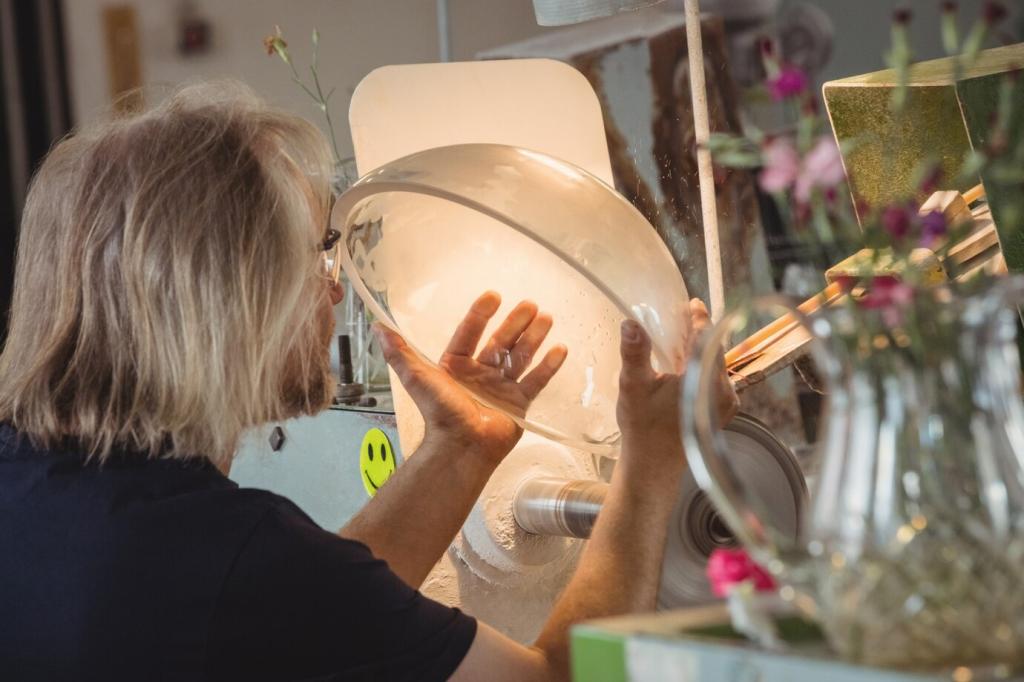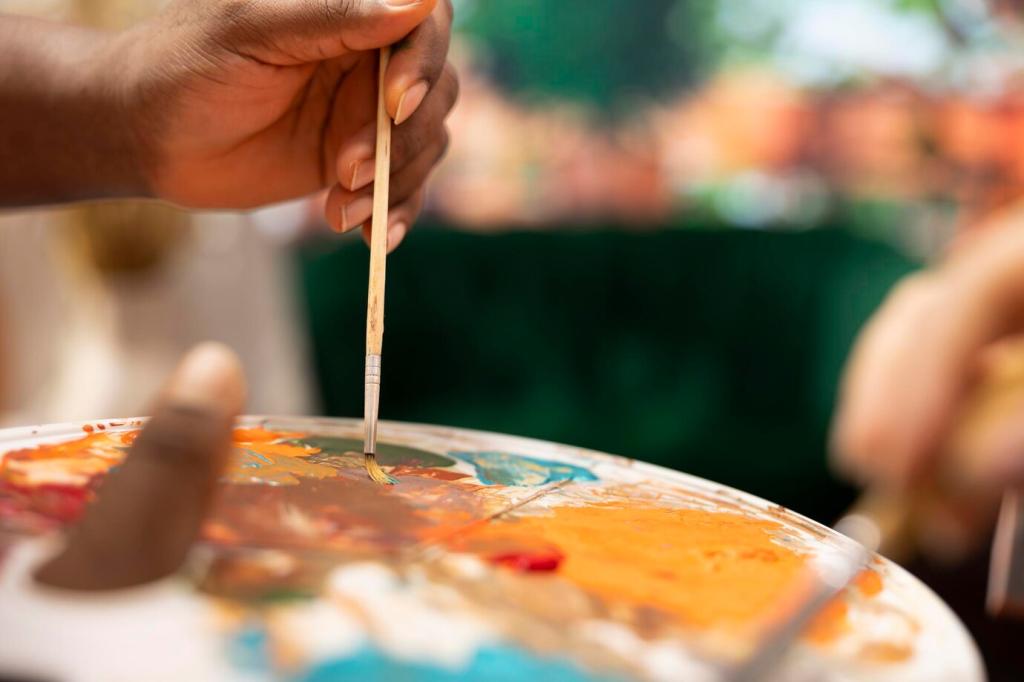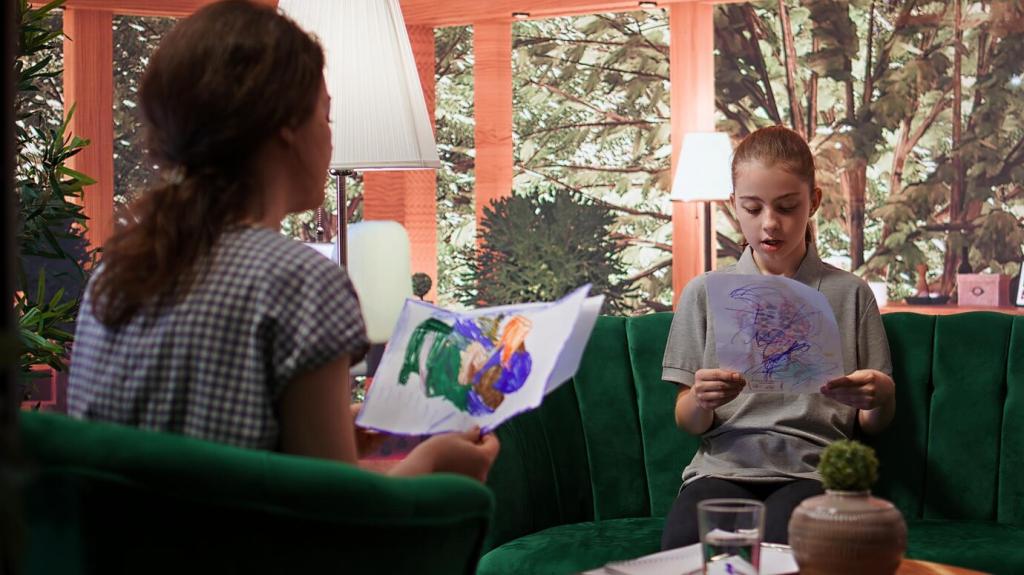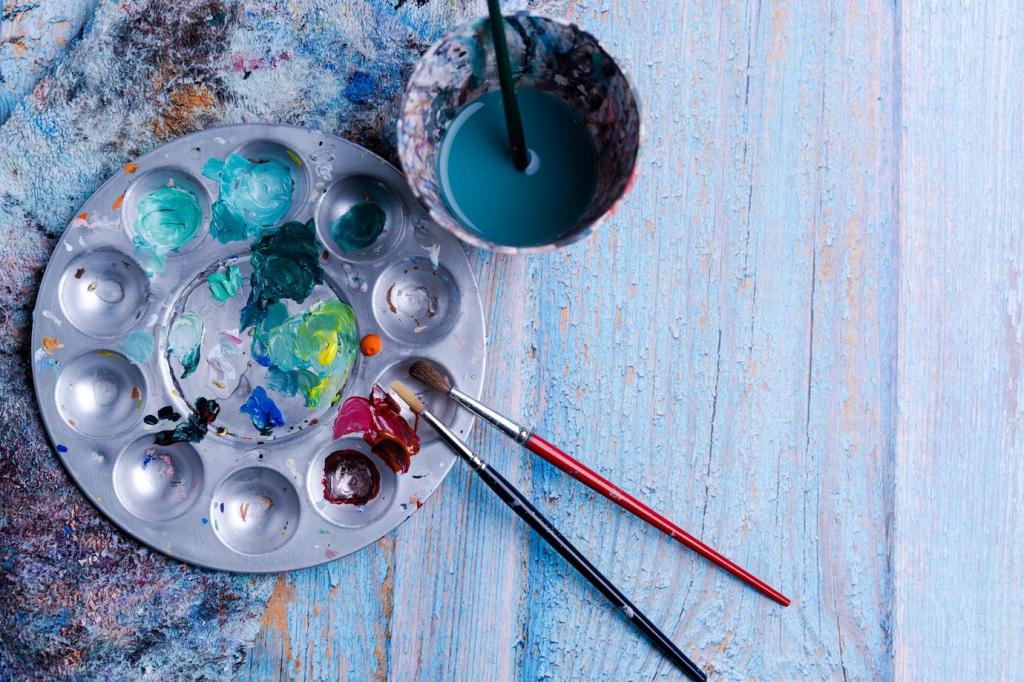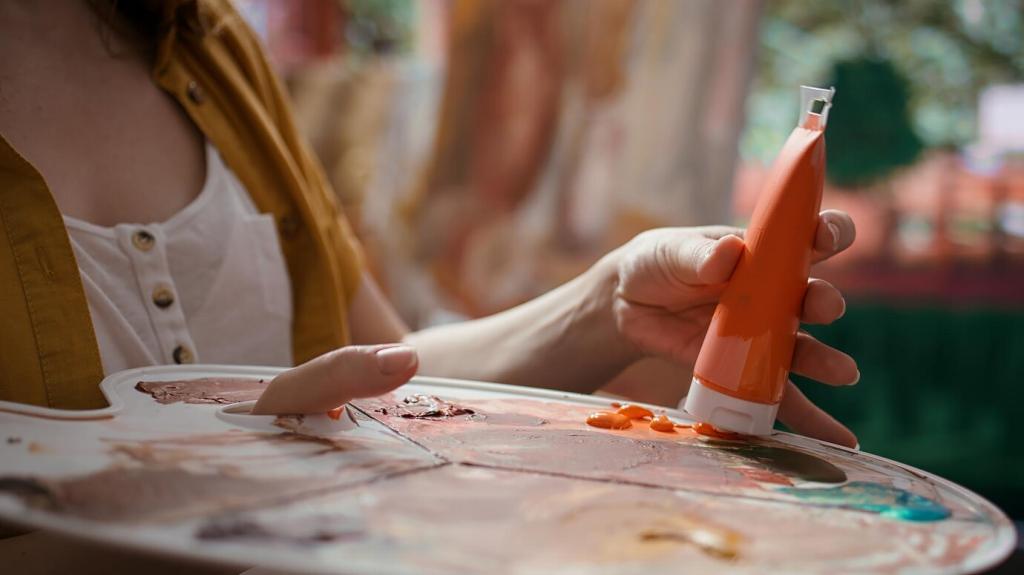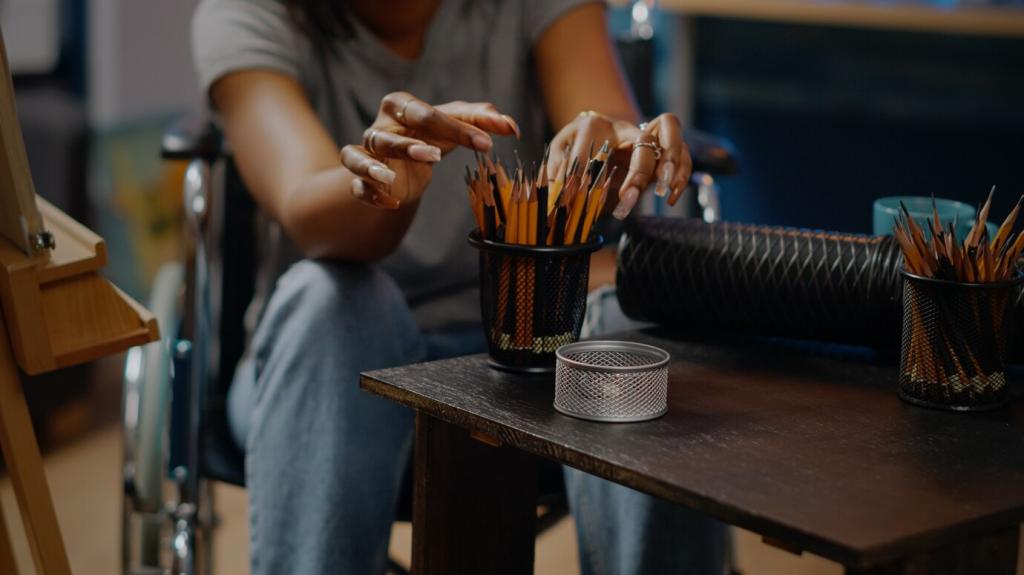Prompts You Can Try This Week
Choose a feeling and restrict yourself to three colors. Create shapes, then write one sentence per shape beginning with “Right now…”. Limiting choices reduces pressure and invites focus. Comment which colors you chose and how they shaped your mood.
Prompts You Can Try This Week
Write a one-page letter dated six months from today. Include one comforting sentence you would love to hear. Decorate borders with symbols of steadiness. Seal the page with tape and a sticker. Tell us if the letter softened your self-talk.


